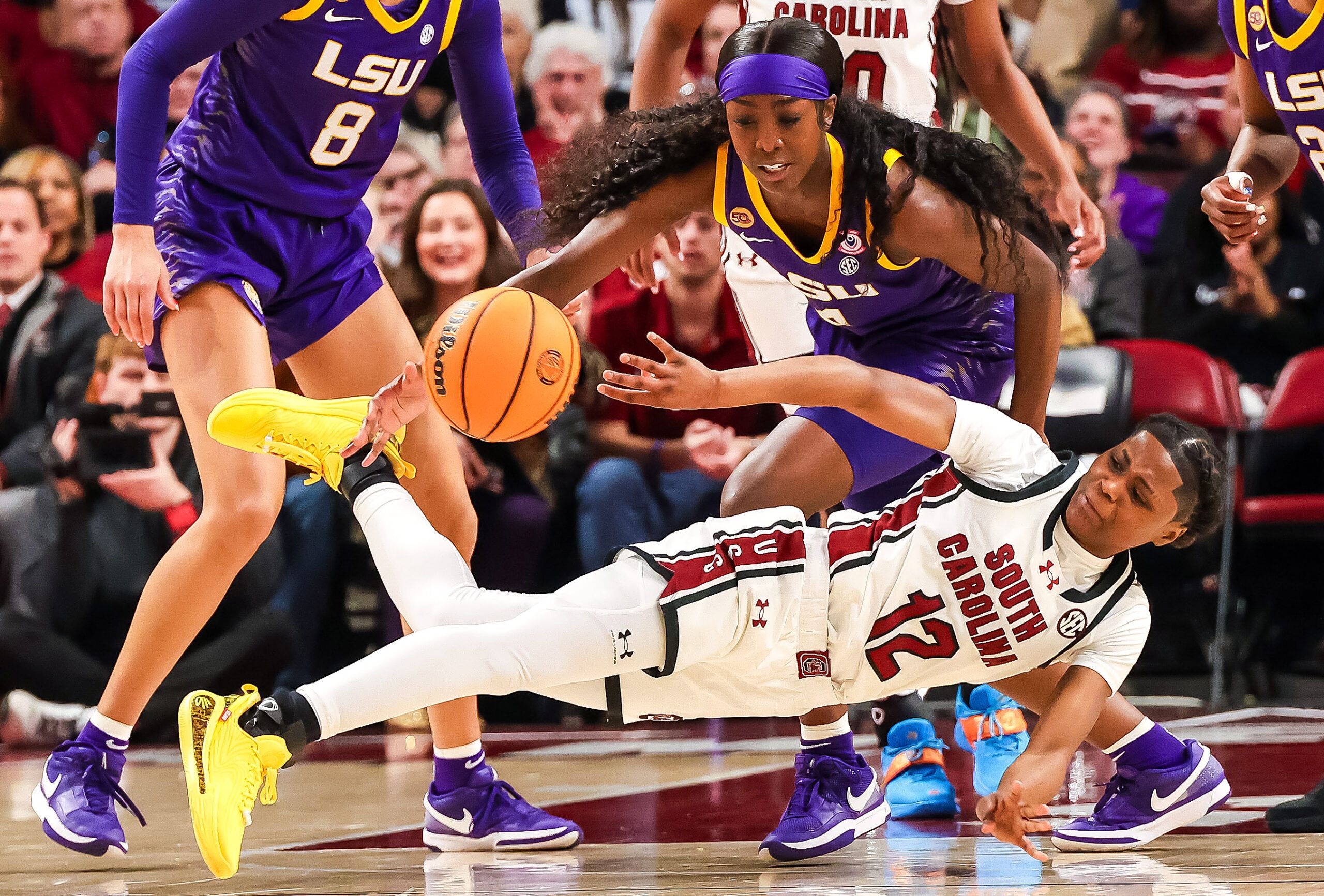Who Is Oliviyah Edwards? Rising Star of the Class of 2026
Oliviyah Edwards, a dominant 6’3″ forward from Tacoma, Washington, has quickly emerged as one of the most sought-after high school basketball players in the nation. As a five-star recruit in the Class of 2026, her elite skills and athleticism have placed her on the radar of powerhouse NCAA women’s basketball programs like LSU and South Carolina.
The NIL Era: How Brand Deals Are Changing College Basketball Recruiting
Since the NCAA adopted NIL (Name, Image, and Likeness) rules, athletes like Edwards can now monetize their personal brands while still in high school. These deals, while financially lucrative, also introduce complex variables into the college recruitment process—especially when they involve athletic apparel companies.
Why Oliviyah Edwards Chose Adidas Over Nike
In a recent interview on The Girl Dad Podcast, Edwards revealed that despite growing up wearing Nike, she chose to sign with Adidas for her NIL partnership.
> “When I first went to Adidas, I was kind of iffy because I always wore Nike,” Edwards said. “Then I converted. They have great stuff, and it’s more my style. I don’t see myself going back to wearing Nike.”
Her comments highlight how the decision was driven by more than just money—it was about personal style and alignment with the brand’s culture. Edwards described Adidas as better reflecting her “skater-type vibe,” indicating the brand felt more authentic to her identity.
Brand Conflicts: LSU, South Carolina, and the Nike Factor
Here’s where it gets complicated: Edwards’ top suitors—LSU and South Carolina—are both heavily aligned with Nike. These programs have long-standing, exclusive partnerships with the brand, meaning all student-athletes are required to wear Nike apparel during team activities.
This exclusivity could present a serious conflict for Edwards, who has publicly stated she doesn’t see herself wearing Nike again. For schools bound by Nike contracts, accommodating a high-profile Adidas athlete presents logistical and contractual hurdles.
Can NIL Partnerships Influence College Commitments?
While athletes technically can commit to schools aligned with competing brands, doing so may come at a cost—either in limited exposure for the brand partner or in renegotiating terms. For someone like Edwards, whose NIL deal is also a statement of personal style and independence, this could be a decisive factor in where she ultimately plays.
Adidas vs. Nike: How Brand Allegiances Shape Recruiting Strategy
Recruiting isn’t just about facilities, coaching, or playing time anymore. With brand identity now a part of the package, schools may have to get creative in their pitches. Adidas-affiliated programs may now have a stronger shot at landing Edwards, given the seamless synergy between her personal brand and the school’s apparel partner.
On the flip side, Nike schools may need to consider how flexible they’re willing to be in the NIL era to attract top talent.
Conclusion: Oliviyah Edwards Is Shaping Her Own Path in the NIL Era
Oliviyah Edwards’ decision to sign with Adidas is about more than just a logo—it’s a reflection of her individuality, her future vision, and her power as a young athlete navigating a brand-driven college sports world.
As more NIL deals come into play, top recruits like Edwards aren’t just choosing programs—they’re choosing partnerships. And in 2025, that’s proving to be just as important as any stat line.

